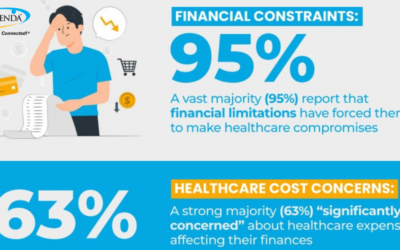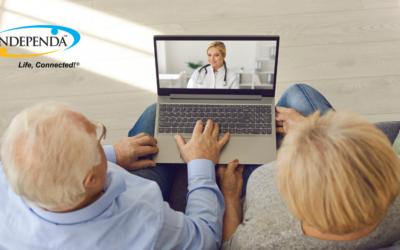Falls are one of the most common reasons why older adults are rushed to the emergency room. When we think of these situations, the "I've fallen and I can't get up" commercials of the 1980s often come to mind, but this is a very serious issue. Over the years, many solutions have been developed to help older adults, including camera systems and wearable devices, but they have not been very popular due to their invasiveness.
The Atlantic reports that a scientist at Villanova University is developing a radar imaging system that will be able to track individuals if they fall and notify caregivers or emergency professionals. Dr. Moeness Amin is the university's director of the Center for Advanced Communications at the college of engineering. In past years, his research has focused on improving radar detection for military and search-and-rescue purposes, but sees another application for this technology.
Dr. Amin's device can be placed on walls and appliances throughout a house. It emits and receives frequencies based on the motion and position of a person's body. What sets his technology apart from similar solutions is that it can identify the type of fall and distinguish between when someone is just lying down versus incapacitated.
"So that when this person falls, the radar knows how this person falls, not how [just] anybody falls," Dr. Amin told the source. "In the future, I think the radar is going to be like a companion, living with the person, learning about the habits of the person, the way he walks, the way he sits, the way he stands."
Remote care technology like Independa's Integrated CloudCare Solution offers a simple way for older individuals to age safely in their own homes. Contact us through our online form to schedule a demonstration.




